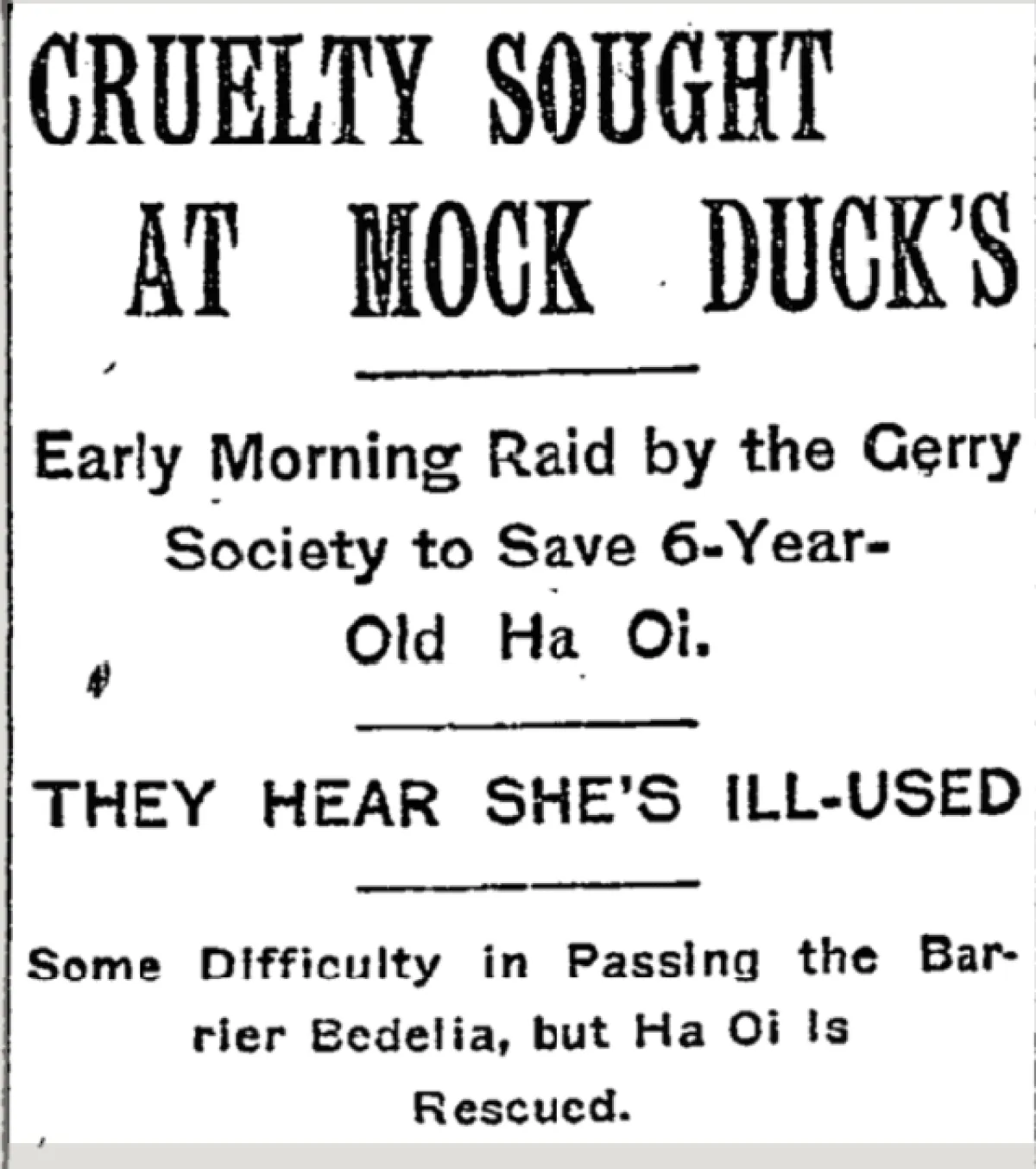The Story Behind the Story

Radha Vatsal is the author of the Kitty Weeks mystery novels set in World War I era New York. Her writing has been published in The New York Times, The Atlantic, Los Angeles Review of Books, CrimeReads, and more. Born and raised in Mumbai, India, Radha received her Ph.D. in film history from Duke University. She used to be fluent in Russian, which she studied at the House of Soviet Culture in Mumbai (then Bombay). Radha now lives and works in New York City.
New Yorkers in the early 1900s would have been familiar with the name Mock Dock, the gangster who terrorized Chinatown. By 1907, scarcely out of his twenties, he was already a legend. As Archana Morley, the narrator of No. 10 Doyers Street observes: “His dead, expressionless eyes gazed from the backs of playing cards and souvenir matchboxes. Street urchins sang ditties in his honor. They said that he could hear a pin drop, see around corners, and that his rhinoceros-thick skin protected him from injury.”
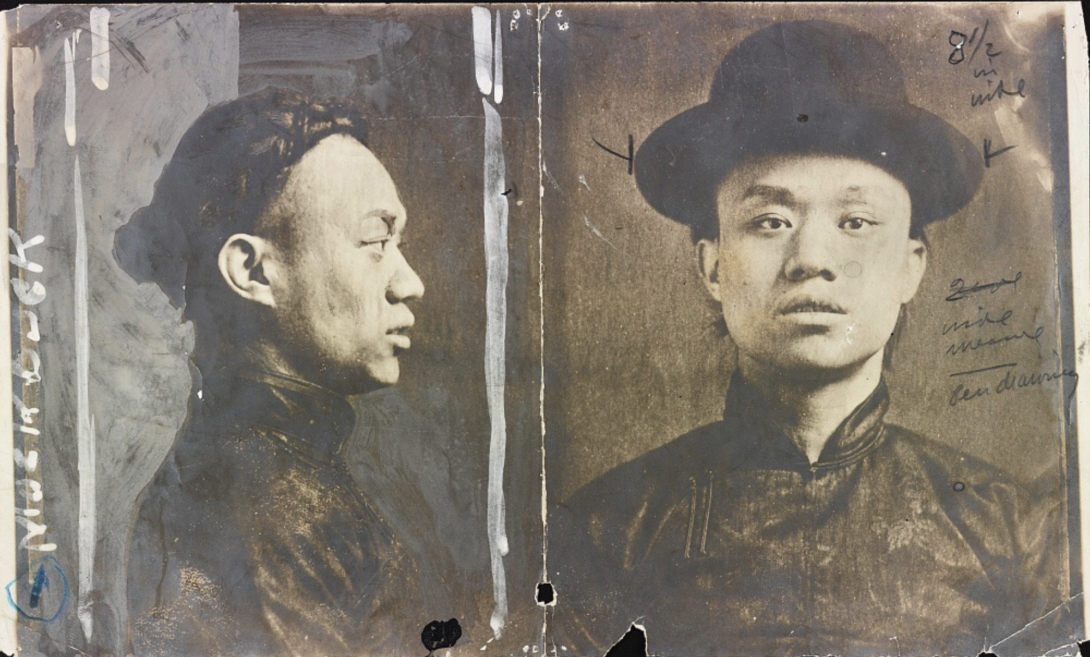
I came across Mock Duck quite by chance, while researching a caseworker for the Society for the Prevention of Cruelty to Children who was trying to shut down Nickelodeons (silent-era cinemas) because he believed they were breeding grounds for vice. When I entered the caseworker’s name into the New York Times’s historical database, one of the stories I found recounted, in a bizarre racist style, how this man, Vincent Pisarra, raided the gangster Mock Duck’s home at No. 10 Doyers Street and seized his six-year-old foster daughter, Ha Oi.
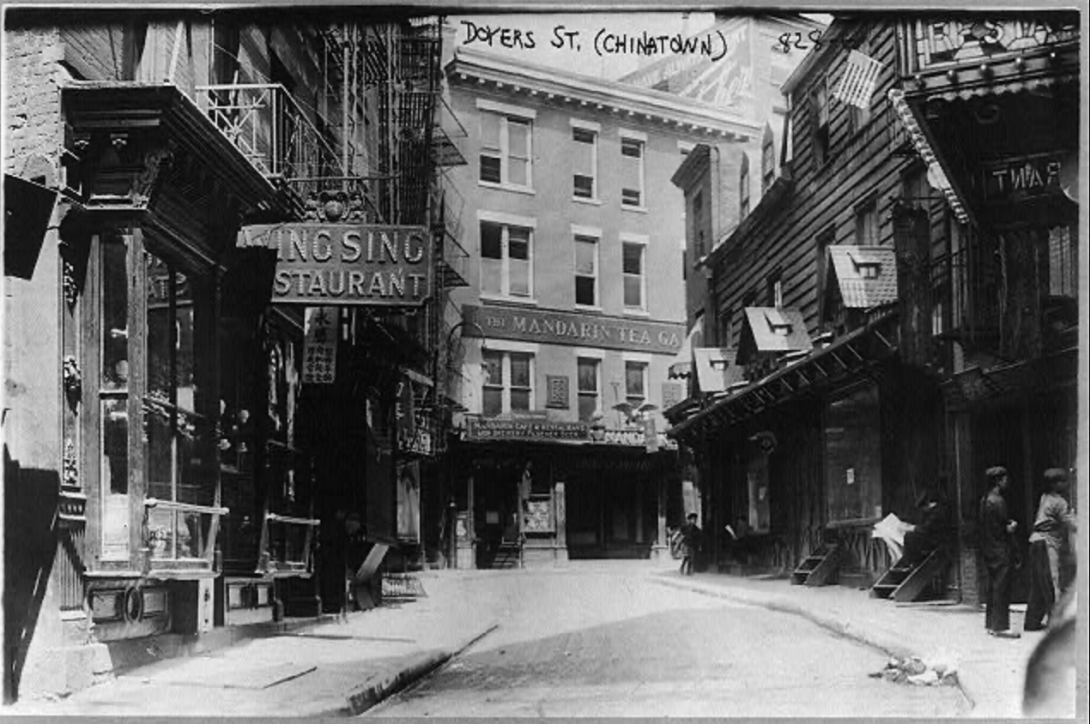
A court case followed in which the Society claimed that the girl was white, and therefore shouldn’t live in Chinatown; while Mock Duck and his wife insisted that their daughter was mixed race. The story grabbed me at once—you could feel the girl’s parents’ anguish—but I was also struck by the fact that the tussle over her identity was taking place right when the city wanted to demolish Chinatown.
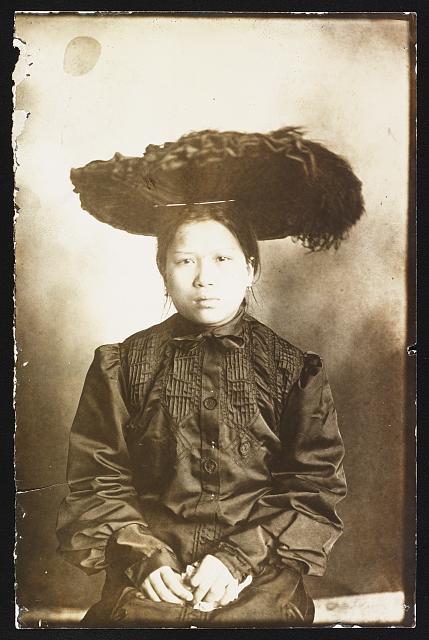
I began to dig deeper and, like Archana, discovered that, “Although [Mock Duck had] been implicated in and arrested for dozens of crimes, he always managed to produce a watertight alibi or hire expert lawyers and argue his way out of the situation. In one instance, when he was identified by a white witness, Mock maintained that the witness must have been wrong since all Chinese looked the same to Americans. His various strategies paid off: He had never yet been convicted.”
A couple of newspapers, including the New York Times, covered Mock’s custody battle. They all offered slightly varying accounts of what happened. Some of the scenes the papers describe seemed either fabricated or at least highly embellished. I made the decision early on to include the different newspaper accounts in the novel because they so clearly illustrate how history changes depending on who’s writing it.
The tricky part of telling Mock Duck’s story was deciding who exactly the narrator would be. It would have to be someone who didn’t fall in line with the prejudices of the time. Someone who could empathize with Mock as a outsider him or herself.
At first, I tried to ventriloquize my perspective—that of an Indian immigrant to the US—through a nameless, faceless narrator, but that didn’t work. The problem was that I couldn’t imagine a person from India—let alone an Indian woman—in New York at the time. Finally, in desperation, I decided that since New York City was a port city of two million people, it wasn’t entirely out of the question that at least one of them was from India.
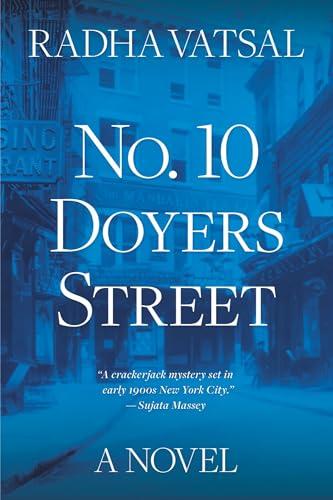 Level Best - Historia
Level Best - HistoriaRadha Vatsal | No. 10 Doyers Street | Level Best Historia | 244 pages | USD 27,95
The minute I made the decision to imagine Archana, the story flowed. I also discovered that reality followed. Several women from India including the medical student, Dr. Anandibai Joshee, and the scholar, Pandita Ramabai had traveled to the United States back in the late 19th Century and written about their experiences.
So, it’s Archana Morley, a woman whose extreme otherness enables her to move between different worlds, who tells the story of Mock Duck, his daughter, and the fast-changing city. Because of course, Mock Duck’s criminality and his refusal to submit to the law is the reason that the authorities want to take away his child and destroy him, as well as destroy all of Chinatown—they see both the man and his neighborhood as a threat to the modern, rational, and orderly place that they hope New York City will become.
Whether and how the authorities succeed, or whether Mock Duck manages to outwit them, just as he has outwitted everyone, is the question that propels the novel.
Quotes from No. 10 Doyers Street by Radha Vatsal




